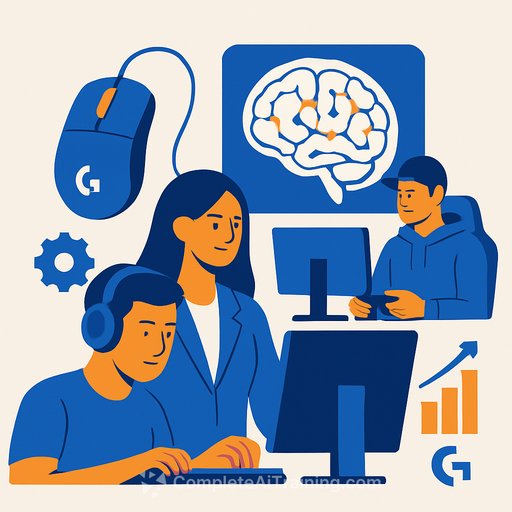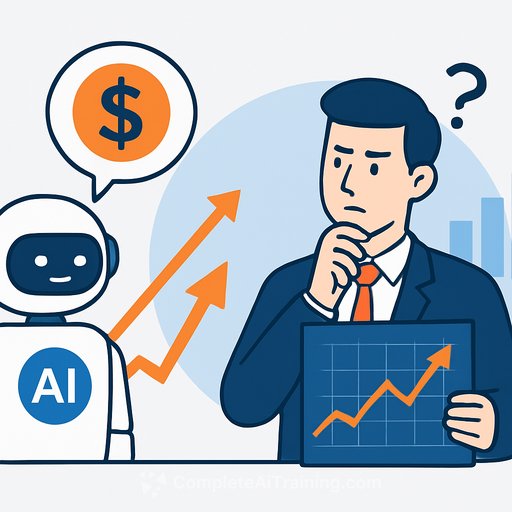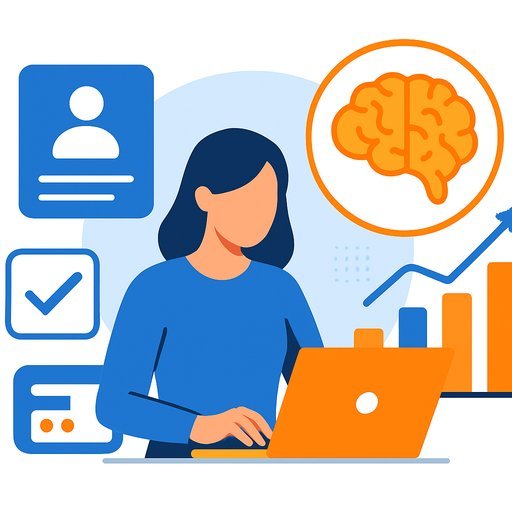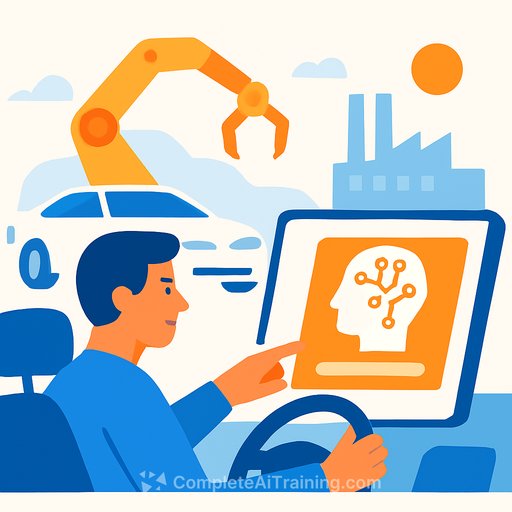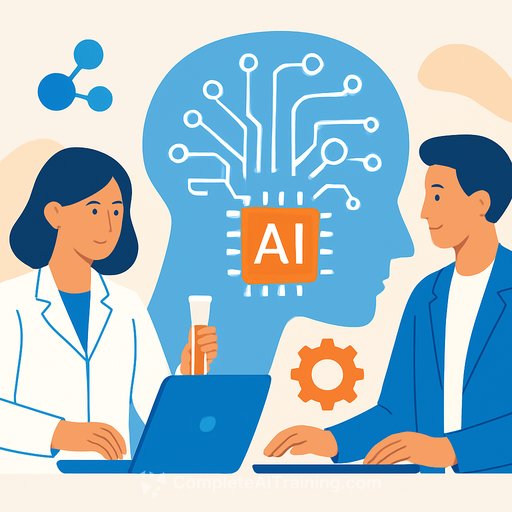"The goal is to serve the needs of pro players": Logitech G on product development and the role of AI
Esports-grade peripherals are stress-tested in ways most consumer gear never will be. Logitech G's latest showcase featured ten new products, including two additions to its Pro Series, but the real story is how those products get built.
Two leaders at the company-Robin Piispanen, GM of Pro and Simulation, and Cary Lambert, Global Marketing Lead of Esports-shared a clear priority: build with pros, validate under pressure, then scale.
Collaboration is the product
Pro play demands long practice blocks, high-stakes matches, and zero tolerance for failure. Logitech G works directly with esports athletes across titles like League of Legends, VALORANT, and Counter-Strike to pressure-test gear and push revisions fast.
"The G brand at the highest level is really focused on extending human potential in play," said Lambert. "The Pro series specifically are results of deep, methodical, and personal relationships with pro players, because the goal is to serve the needs of those pro players."
Lambert noted the company has collaborated with over 400 pros, with 75-80 providing direct input during development of products like the Pro X2 Superlight wireless mouse. Early field testing matters: G2 Esports' JonahP adopted a factory prototype and went on to win VCT Americas Stage 2 with the mouse before public release.
Partnerships with teams such as FURIA and G2 Esports tighten the loop-faster feedback, real match data, and clearer product decisions.
Innovation as a system, not a slogan
Prototypes start with focused research and co-design, then move into structured playtesting. Feedback drives rapid iteration before any large-scale production begins.
"We have three phases that are part of the collaborative design process," Lambert explained. "Innovation is very crucial and important to Logitech. The second is validation by pro players. By combining these two philosophies, we're focused on the future and what the future of competition looks like."
This looks like fewer assumptions, more field time. Factory prototypes in pro hands, measured performance deltas, and fast changes to shape the final spec.
AI: data advantage, clear guardrails
Logitech G is exploring AI to improve product decisions-especially through better data collection and faster insight generation. "As the industry increases, maybe we can get access to data and see how it could improve our gear," said Lambert.
Piispanen sees upside in coaching and improvement, but he's cautious about competitive integrity. "A sport is only a sport when it's a level playing field, but if you have an AI supporting you in ways that a human never could, it doesn't become a sport anymore."
The signal for product teams: use AI to learn, not to distort fair play. Instrument gear, analyze inputs, respect the boundaries of competition.
Practical playbook for product leaders
- Co-create with extreme users. Pros expose failure points faster than any lab. Recruit them early, pay for their time, and ship with their fingerprints on the product.
- Prove it in competition. Get factory prototypes into real matches. Track outcomes, not opinions.
- Design for durability under stress. Long sessions, travel, and stage conditions reveal the weak links. Build for those constraints first.
- Run a tight validation loop. Define test plans, acceptance criteria, and kill-switches for features that don't move performance.
- Instrument everything. Collect click paths, lift-offs, grip changes, and failure modes. Use AI for aggregation and pattern spotting-keep humans in the decisions.
- Set AI guardrails. Publish clear rules for what assistance is allowed in competitive contexts, and build compliance checks into software.
- Partner with teams and orgs. Formal collaborations (like Logitech G with FURIA and G2 Esports) speed feedback and create shared incentives.
What to measure
- Performance deltas: accuracy, reaction latency, consistency across sessions.
- Reliability: failure rate under travel and stage conditions, service time, RMA drivers.
- Adoption and retention: pro usage hours pre/post launch, opt-in rate to prototypes, re-order rates.
- User effort: grip strain, fatigue indicators, time-to-adapt metrics from novice to expert.
- Qualitative signal: pro NPS, "must-keep" features, and friction logs from scrims and tournaments.
Why this approach works
Pros operate at the edge, where small gains compound. Building with them forces clarity: what actually wins matches, what breaks under stress, what's noise.
That discipline-co-design, real-world validation, and careful use of AI-translates to stronger products for everyone else.
Related resources
Level up your team's AI capability
If you're exploring AI for product research, prototyping, and analytics, consider structured training to speed adoption and avoid common traps. Start here: AI courses by job role.
Your membership also unlocks:

